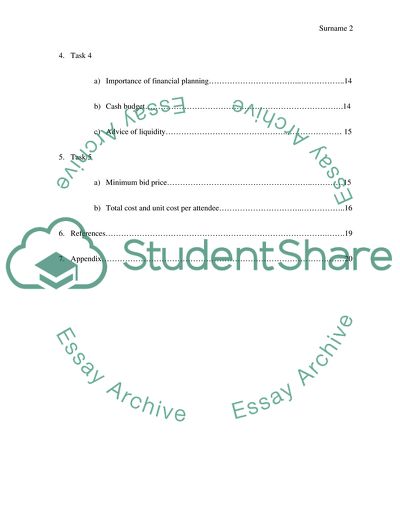Cite this document
(“Managing Financial Resources and Decisions Coursework”, n.d.)
Managing Financial Resources and Decisions Coursework. Retrieved from https://studentshare.org/finance-accounting/1665214-managing-financial-resources-and-decisions
Managing Financial Resources and Decisions Coursework. Retrieved from https://studentshare.org/finance-accounting/1665214-managing-financial-resources-and-decisions
(Managing Financial Resources and Decisions Coursework)
Managing Financial Resources and Decisions Coursework. https://studentshare.org/finance-accounting/1665214-managing-financial-resources-and-decisions.
Managing Financial Resources and Decisions Coursework. https://studentshare.org/finance-accounting/1665214-managing-financial-resources-and-decisions.
“Managing Financial Resources and Decisions Coursework”, n.d. https://studentshare.org/finance-accounting/1665214-managing-financial-resources-and-decisions.


